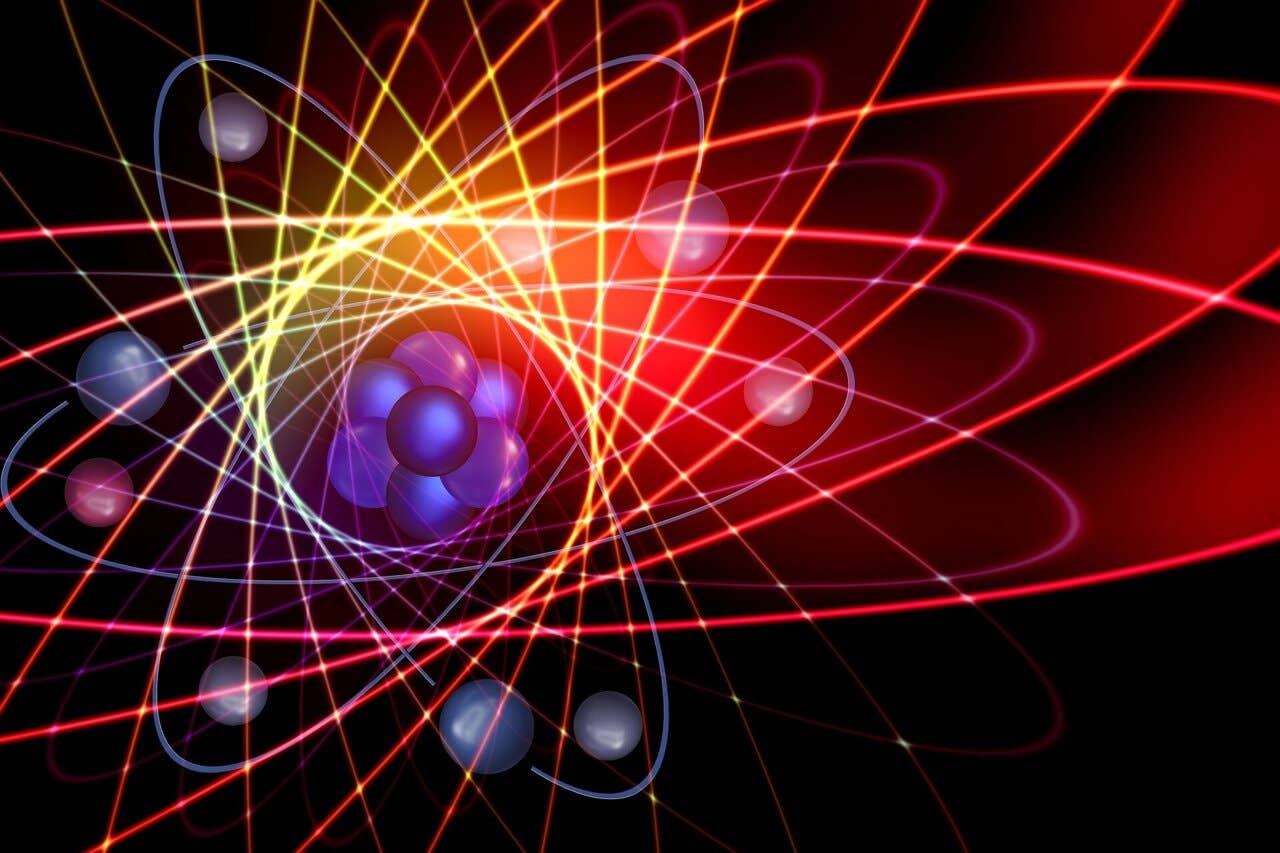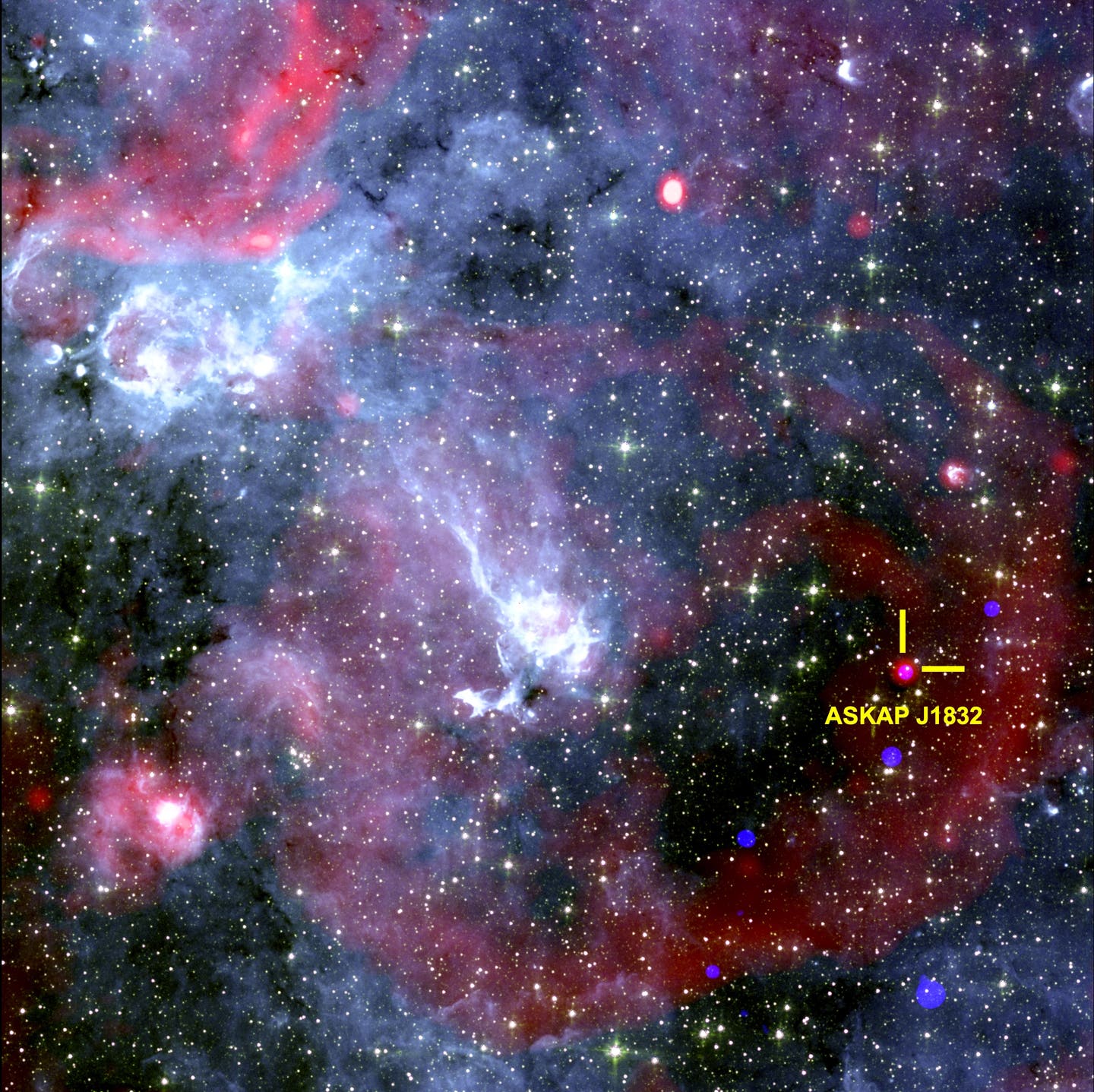Global first: Quantum computer generates bits of unpredictable randomness
For the first time, scientists have used a quantum computer to create certified random bits—something classical computers can’t do.

Certified randomness achieved with quantum computer, opening doors to unbreakable cryptography and secure digital systems. (CREDIT: Pixabay)
Using a powerful machine made up of 56 trapped-ion quantum bits, or qubits, researchers have achieved something once thought impossible. They have proven, for the first time, that a quantum computer can generate bits of randomness that are certifiably random—verified using classical supercomputers. This breakthrough goes beyond theory, showing that quantum computers can now solve real-world problems that classical ones simply can’t handle.
From Theory to Proof: Certifying Quantum Randomness
Back in 2018, a scientist from the University of Texas at Austin proposed a protocol to generate randomness in a way that could be certified as truly unpredictable. That scientist, Scott Aaronson, now sees that idea become a working reality. "When I first proposed my certified randomness protocol in 2018, I had no idea how long I’d need to wait to see an experimental demonstration of it,” said Aaronson, who now directs a quantum center at a major university.
The experiment was carried out on a cutting-edge 56-qubit quantum computer, accessed remotely over the internet. The machine belongs to a company that recently made a significant upgrade to its system. The research team included experts from a large bank’s tech lab, national research centers, and universities.
To generate certified randomness, the team used a method called random circuit sampling, or RCS. The idea is to feed the quantum computer a series of tough problems, known as challenge circuits. The computer must solve them by choosing among many possible outcomes in a way that’s impossible to predict. Then, classical supercomputers step in to confirm whether the answers are genuinely random or not.
Why Randomness Matters More Than You Think
Random numbers may seem like a simple thing, but they are a key ingredient in many areas of modern life. They help protect digital data, keep online communications private, and ensure fairness in things like online voting and lottery systems. But there’s a problem. Classical computers cannot generate truly random numbers. They rely on algorithms or hardware random number generators, which can be manipulated.
If a hacker gains control of a classical random-number generator, they can predict its outputs. That would be a major threat to cryptography—the tools that protect your private data and communications. But with quantum-certified randomness, even if someone took control of the quantum hardware, they wouldn’t be able to fake the output and still pass the mathematical tests that prove it's random.
Related Stories
“This development of certified randomness not only shows advancements in quantum hardware, but will be vital to further research, statistical sampling, numerical simulations and cryptography,” said Marco Pistoia, a lead researcher at a major global bank.
How It Worked: Challenge and Check
The protocol used to prove randomness had two steps. In the first, the team sent hard-to-solve puzzles to the quantum computer. These puzzles are so complex that classical computers—even the best ones on Earth—can’t solve them fast enough. The quantum computer, on the other hand, had to make a random choice from the many possible correct answers.
Then came the second step. Using classical supercomputers spread across top research labs, the team verified whether the output really was random. These supercomputers operated with a combined power of 1.1 exaFLOPS—that’s 1.1 quintillion floating-point operations every second. That’s a mind-boggling level of processing power.
Thanks to this massive computing effort, the team was able to certify 71,313 bits of entropy. In simpler terms, they confirmed over 71,000 bits of fresh, pure randomness that no hacker, spy, or dishonest actor could have predicted or faked.
“This work marks a major milestone in quantum computing,” said Pistoia. “It shows a solution to a real-world challenge using a quantum computer beyond the capabilities of classical supercomputers today.”
A Giant Leap Forward in Quantum Power
The quantum computer used in this project isn’t just a fancy calculator. It represents one of the most advanced machines ever built. Its unique design, based on trapped-ion technology, allows every qubit to connect with every other qubit. This all-to-all connectivity, along with high fidelity, gives it unmatched power in today’s world of computing.
In June 2024, this machine got an upgrade to 56 fully usable qubits, giving it 100 times the power of earlier systems. That jump in performance helped researchers finally carry out the certified randomness protocol and confirm the results using classical methods.
Quantum supremacy, the term used when a quantum computer solves a problem that no classical computer can, had already been claimed in earlier experiments. But those earlier efforts didn’t solve real-world problems. Now, with certified randomness, researchers have moved beyond theory and into practice.
“Today, we celebrate a pivotal milestone that brings quantum computing firmly into the realm of practical, real-world applications,” said Dr. Rajeeb Hazra, CEO of the company that built the quantum machine. He added that their quantum randomness approach “sets a new standard for delivering robust quantum security and enabling advanced simulations across industries.”
Collaboration Across Science and Industry
This project brought together experts from several sectors: finance, research, and higher education. Each group played a key role. The quantum hardware came from a leading tech company. The classical verification was done using supercomputers from national labs. The theoretical support came from university researchers who first imagined the protocol years ago.
“These results in quantum computing were enabled by the world-leading U.S. Department of Energy computing facilities,” said Travis Humble, director of two quantum programs at a national lab. “Such pioneering efforts push the frontiers of computing and provide valuable insights into the intersection of quantum computing and high-performance computing.”
These high-level collaborations are crucial. They speed up the path from research to real-world use, blending theory, hardware, and classical computing power. Now that certified randomness has been proven possible, new doors are opening.
Future work could bring even more secure systems in finance, healthcare, national defense, and communications. This may be the foundation for an entire field of practical, reliable quantum computing—no longer science fiction, but science fact.
Research findings are available online in the journal Nature.
Note: The article above provided above by The Brighter Side of News.
Like these kind of feel good stories? Get The Brighter Side of News' newsletter.
Mac Oliveau
Science & Technology Writer | AI and Robotics Reporter
Mac Oliveau is a Los Angeles–based science and technology journalist for The Brighter Side of News, an online publication focused on uplifting, transformative stories from around the globe. Passionate about spotlighting groundbreaking discoveries and innovations, Mac covers a broad spectrum of topics—from medical breakthroughs and artificial intelligence to green tech and archeology. With a talent for making complex science clear and compelling, they connect readers to the advancements shaping a brighter, more hopeful future.



